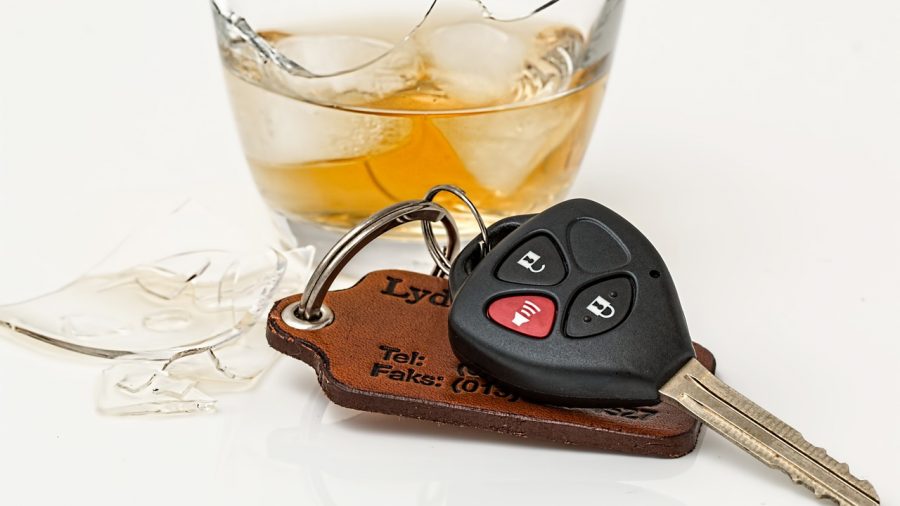How often do you see police cars lined up to random breath test passing drivers? It was much less common in 2020, yet a bigger percentage of drivers had illegal alcohol levels in their blood. The NRMA claims we’ve become more complacent about drink driving, but are there other reasons? Why don’t we stop drink driving?
Complacent about drink driving
In its report, Boost the Bus, the NRMA says 0.5% of drivers were caught drink driving in 2020. While 0.5% of nearly 3 million tests may seem small, it was the highest share of all drivers tested since 2011 – and only 0.3% in 2019.
NRMA says the reason for this increase in drink driving is complacency. It links more drink driving to the fact police were conducting only half the usual number of roadside tests. The NRMA believes RBTs are the best deterrent and wants to see more police conducting more roadside tests.
However, other research suggests complacency is not the only reason. Research shows many people are still misinformed about alcohol and driving and we’re drinking more to cope with the pandemic.
More drinking during the pandemic
People are drinking more during the pandemic. In mid-2020, a study of 11 OECD countries (including Australia, NZ, the UK and US) found:
- 36% of people had increased the amount they drank (22% drank less)
- 43% of people said they drank more often often (25% drank less often).
Meanwhile in May 2020, an Australian National University study found:
- 20% of people had increased the amount they drank (27% said they drank less)
- Nearly a quarter of women were drinking more that month
- Nearly a fifth of men were drinking more that month.
The main reason given for drinking more, in both studies, was because people were spending more time at home.
For many people, getting in the car was an escape from the confines of home.
Misinformation about drink driving
Budget Direct found many people are still quite misinformed about drink driving:
- A quarter of NSW residents, more than other states, are unsure about drink driving laws
- 43% of respondents don’t know how many drinks they can have to stay under the legal limit
- Over half believe sleeping, drinking water and eating something greasy can speed up the absorption of alcohol
- Some people think they are fine to drive the next morning after a big night.
It’s surprising that people would still be misinformed about drink driving. But it’s also true that alcohol affects everyone differently. Generalisations about the number of drinks to stay under the limit do not always apply. For example, each person has a different rate for returning to a blood alcohol level of zero.
Unfortunately, drink driving is responsible for around 1 in every 7 fatal crashes in NSW.
Getting hurt from drink driving
While there were fewer deaths due to drink driving in 2021 than 2020, serious injuries are increasing:
- 38 people died in the year to December 2021 (54 in 2020)
- 14.9% of fatal crashes in 2021 involved alcohol (19% in 2020, 16% in 2016)
- Nearly three-quarters of these deaths were on country roads
- 320 were seriously injured in the year to June 2021* (261 in the previous year).
* Note, serious injuries take longer than deaths to report.
Driving over the limit is a serious risk to you and other motorists. If you have an accident due to alcohol, your insurances may not cover you, others or any property damage.
Reducing drink driving in Australia is still a big task.
How to stop drink driving
Some drink drivers are in the habit. In general, nearly a fifth of drink drivers have been caught drink driving in the previous 5 years as well.
Austroads in 2020 called for a number of measures, including more highly visible RBT, interlock programs, and vehicle-based systems that can spot alcohol-impaired driving. It also argued for an alcohol limit lower than .05. NRMA wants more police doing RBTs to increase the chances of being caught.
Perhaps the biggest challenge is how to separate alcohol from driving. Alcohol is a big part of everyday life in Australia. It may be just as difficult to separate alcohol from driving as it is to separate mobile phones from driving.
Being caught drink driving will put up the price of your next green slip.


your opinion matters: